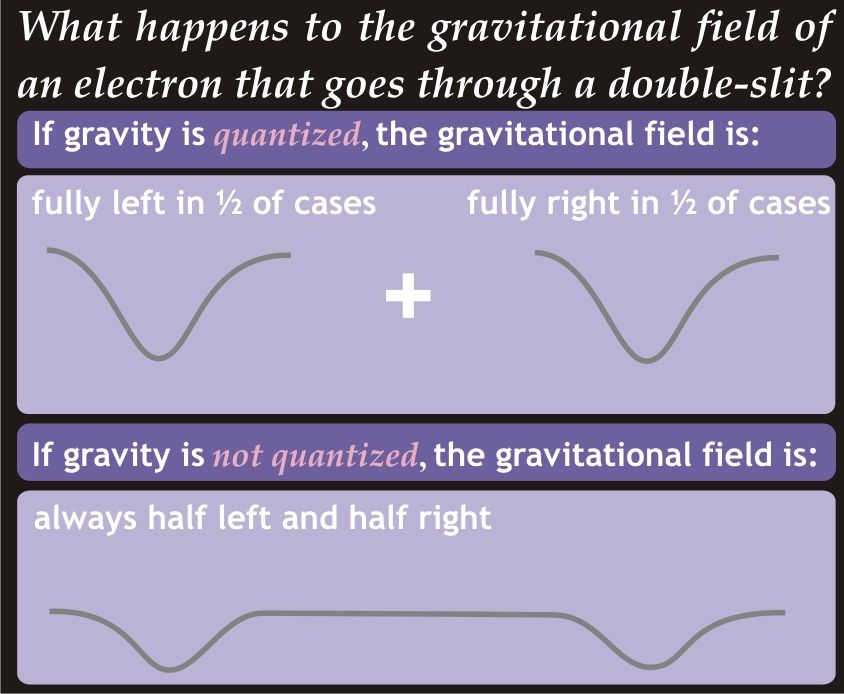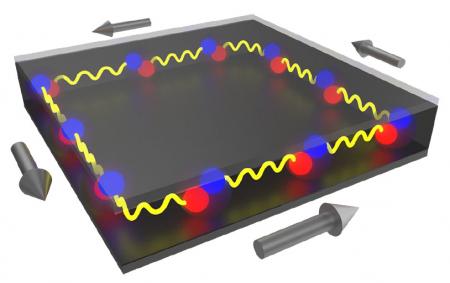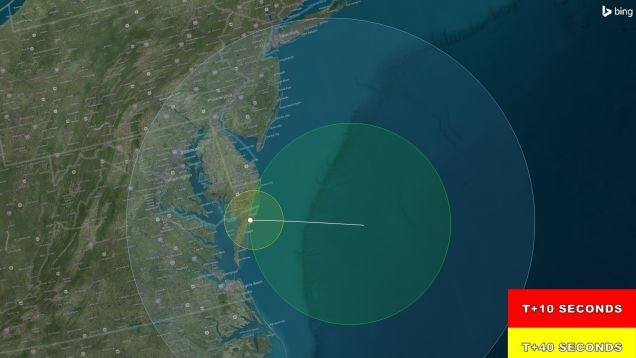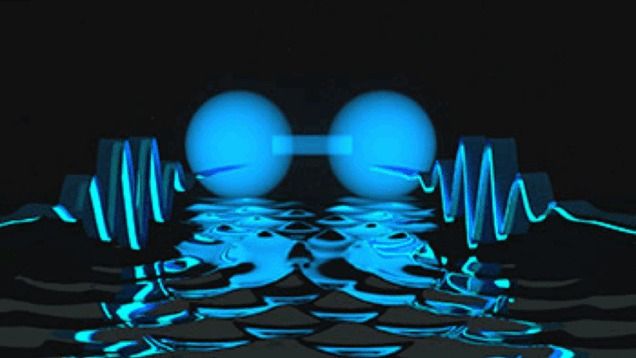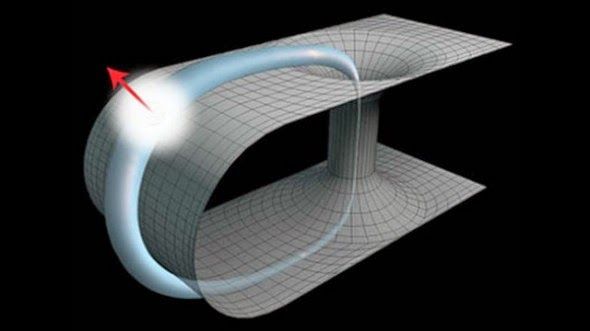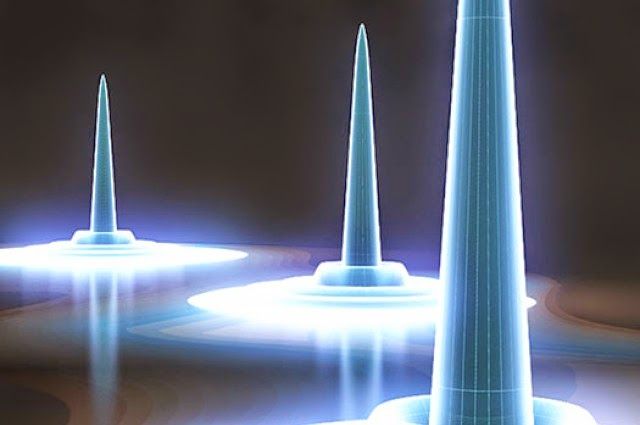Oct 12, 2015
A newly proposed table-top experiment might be able to demonstrate that gravity is quantized
Posted by Andreas Matt in categories: particle physics, quantum physics
Tl;dr: Experimentalists are bringing increasingly massive systems into quantum states. They are now close to masses where they might be able to just measure what happens to the gravitational field.
Quantum effects of gravity are weak, so weak they are widely believed to not be measurable at all. Freeman Dyson indeed is fond of saying that a theory of quantum gravity is entirely unnecessary, arguing that we could never observe its effects anyway. Theorists of course disagree, and not just because they’re being paid to figure out the very theory Dyson deems unnecessary. Measurable or not, they search for a quantized version of gravity because the existing description of nature is not merely incomplete – it is far worse, it contains internal contradictions, meaning we know it is wrong.
Take the century-old double-slit experiment, the prime example for quantum behavior. A single electron that goes through the double-slit is able to interact with itself, as if it went through both slits at once. Its behavior is like that of a wave which overlaps with itself after passing an obstacle. And yet, when you measure the electron after it went through the slit it makes a dot on a screen, like a particle would. The wave-like behavior again shows up if one measures the distribution of many electrons that passed the slit. This and many other experiments demonstrate that the electron is neither a particle nor a wave – it is described by a wave-function from which we obtain a probability distribution, a formulation that is the core of quantum mechanics.
